GĐXH - Although the stroke patient was transferred to the hospital at the 9th hour (beyond the golden time), the doctors decided to perform a late intervention, helping the patient to regain full consciousness.
Recently, the Stroke Center of Phu Tho General Hospital announced that it had received a very special case, a patient who suffered a large vessel occlusion stroke at a very young age. The patient was a 31-year-old male with a history of good health.
At around 6am, after waking up, the patient felt dizzy and fell in the bathroom. After the fall, the patient was paralyzed on the right side of his body and was taken to the emergency room at Yen Lap District Medical Center by his family. There, the patient was examined and had a CT scan of his brain, which showed a decrease in left temporal density. The patient was immediately consulted online and transferred directly to the Stroke Center - Phu Tho Provincial General Hospital at the 9th hour when the symptoms were detected.
Upon admission to the Stroke Center, the patient was in a state of impaired consciousness, highly agitated, and completely paralyzed on the right side of the body (muscle strength 0/5). Because he had been consulted before being transferred to the hospital, the patient was quickly examined in the emergency room and ordered a 3.0 magnetic resonance imaging (MRI) of the brain, which not only assessed cerebral blood vessels but also had the function of assessing cerebral perfusion. The MRI image of the patient's brain showed an image of cerebral infarction due to occlusion of the left internal carotid artery.
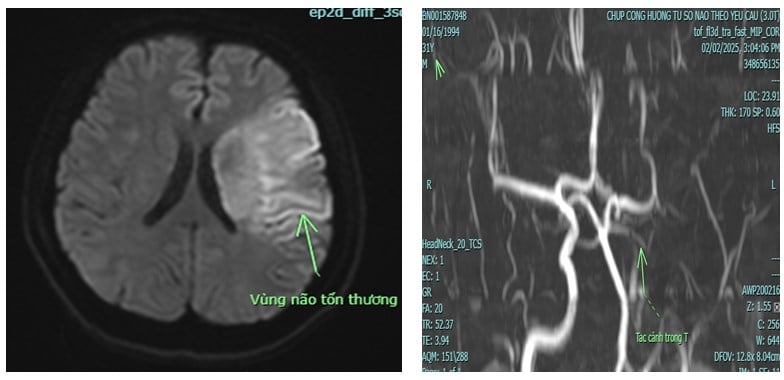
Image of acute cerebral infarction due to left internal carotid artery occlusion
Although the patient was transferred to Phu Tho General Hospital at 9:00 (past the golden hour - the time period for intervention to be highly effective in treating ischemic stroke), when evaluating cerebral perfusion using 3.0 magnetic resonance imaging, the doctors found that if revascularization intervention was performed outside the golden hour, some brain cells could still be saved, preventing the condition from worsening. Another important factor was that the patient was very young (31 years old), so the doctors decided to intervene late.
After explaining in detail to the patient's family and receiving their consent, the intervention team arrived quickly and performed the thrombus removal intervention. With the efforts and determination of the doctors and technicians, after about 20 minutes of intervention, the team removed 6 pieces of the thrombus, and the patient's blocked artery was completely reopened. After the intervention, the patient's consciousness improved, he was no longer agitated, and he responded correctly to questions.
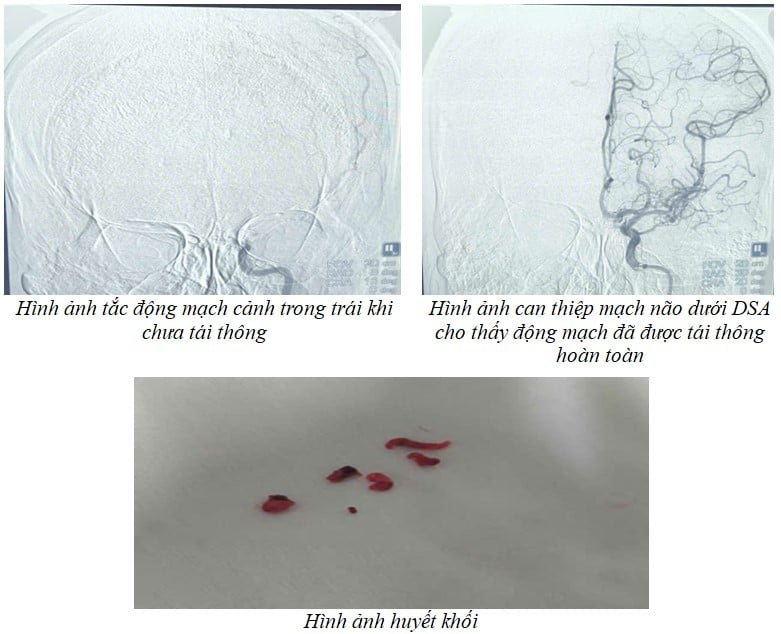
By the 5th day after the intervention, the patient was fully awake, the right hemiplegia had improved, and his legs could be lifted off the bed. The patient continued to be monitored for treatment, received early rehabilitation exercises, and was able to return to normal life after recovery.
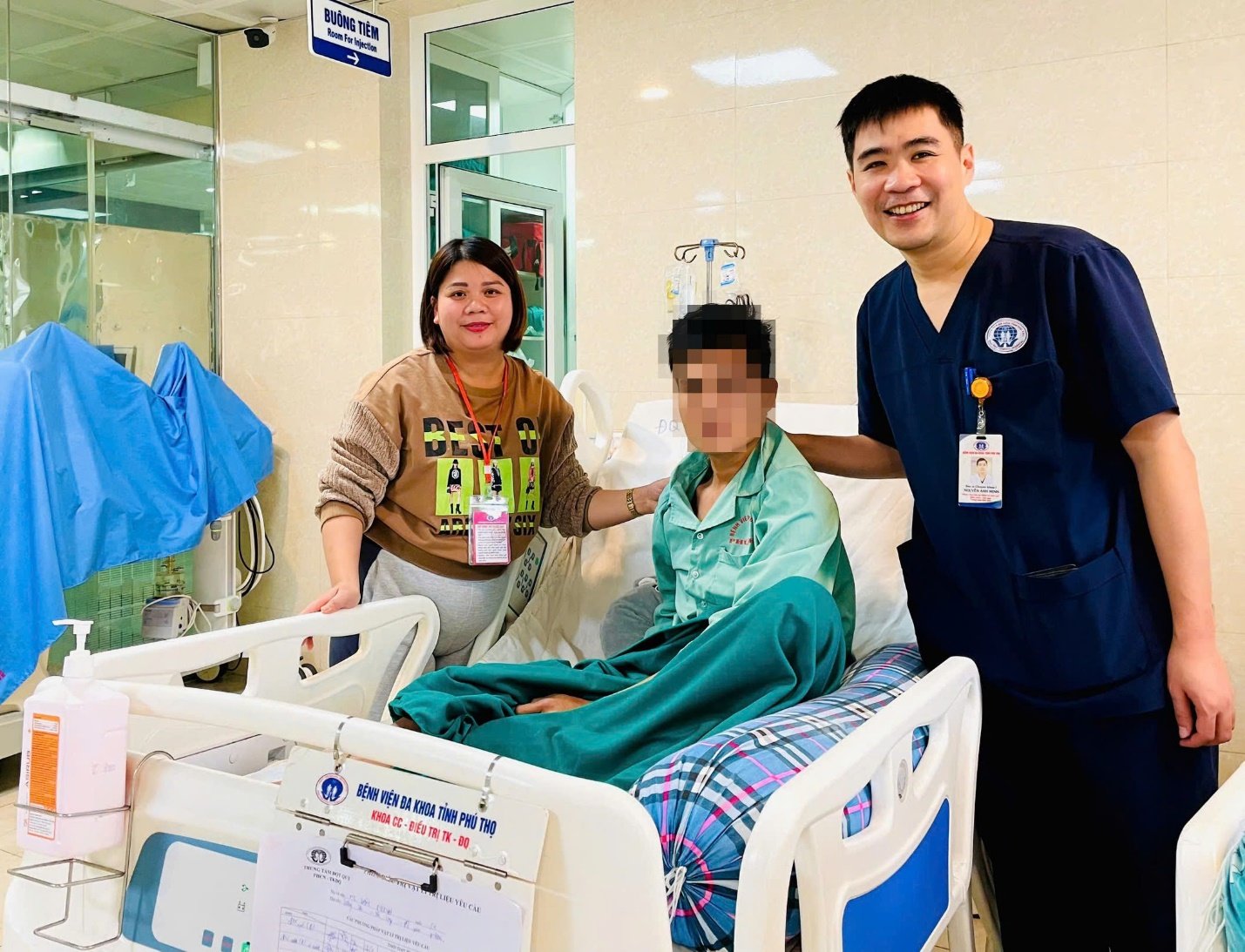
Image of Dr. Nguyen Anh Minh and patient after 5 days of intervention
Through the above patient case, Dr. Nguyen Anh Minh - Stroke Center recommends: The rate of young people aged 45 and under having strokes has tended to increase in recent years.
Risk factors that increase stroke in young people, especially during holidays and Tet, include: Using a lot of stimulants such as alcohol, tobacco, lack of exercise, unreasonable diet and rest, people with underlying diseases such as blood pressure, cardiovascular disease do not take medication regularly...
If stroke patients are detected and treated late, and do not receive emergency care within the “golden hour” (the first 4.5 hours after stroke symptoms appear), the chance of recovery is very difficult. Many people have suffered severe sequelae, losing the ability to care for themselves, and even worse, losing the ability to work, becoming a burden to their families and society.
However, we should not give up the opportunity for treatment. With increasingly high professional qualifications and the support of increasingly modern medical equipment systems, even though the "golden hour" has passed, depending on each case, doctors can still intervene in treatment, helping patients escape the risk of serious sequelae. Therefore, relatives and families of patients should not give up treatment when they see that the patient is in a serious condition.
Source: https://giadinh.suckhoedoisong.vn/tin-vui-cho-nguoi-dan-ong-31-tuoi-o-phu-tho-bi-liet-nua-nguoi-dot-quy-do-nhoi-mau-nao-172250214214650129.htm





![[Photo] Prime Minister Pham Minh Chinh receives Country Director of the World Bank Regional Office for Vietnam, Laos, Cambodia](https://vphoto.vietnam.vn/thumb/1200x675/vietnam/resource/IMAGE/2025/5/15/2c7898852fa74a67a7d39e601e287d48)
![[Photo] National Assembly Chairman Tran Thanh Man meets with Thai Prime Minister Paetongtarn Shinawatra](https://vphoto.vietnam.vn/thumb/1200x675/vietnam/resource/IMAGE/2025/5/15/e71160b1572a457395f2816d84a18b45)


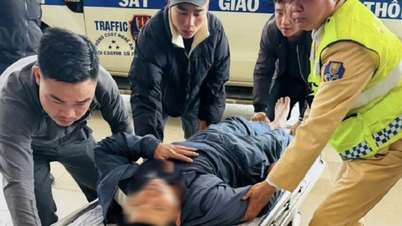

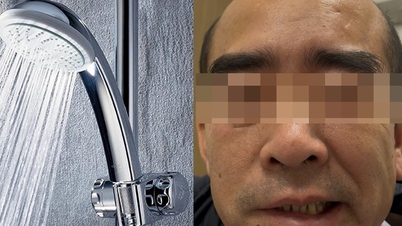


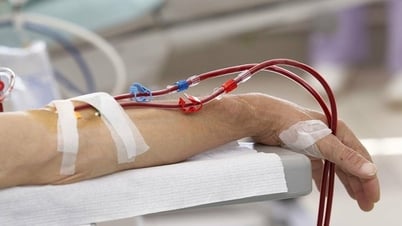


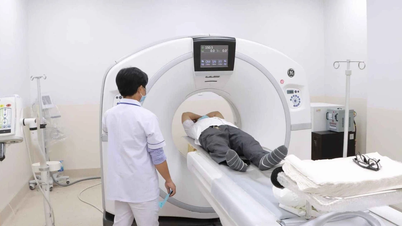



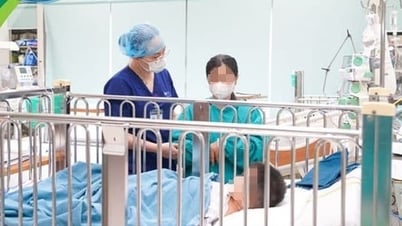

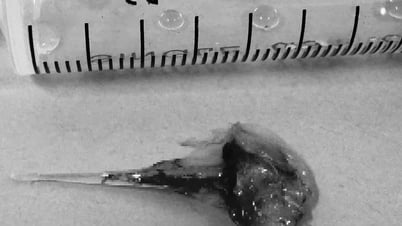
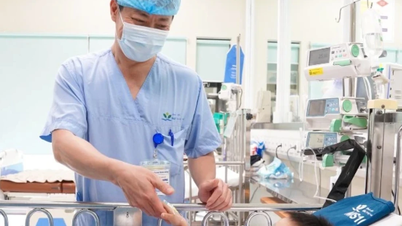

















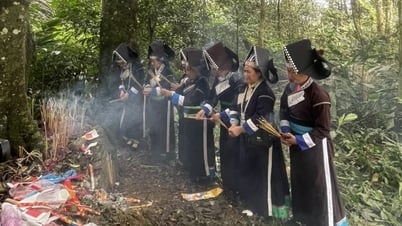





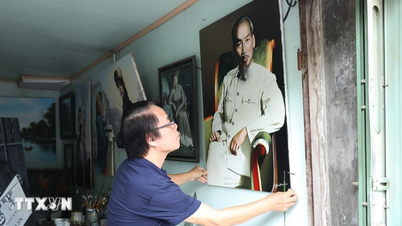
















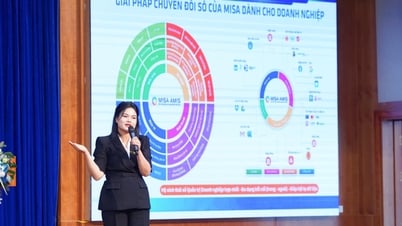









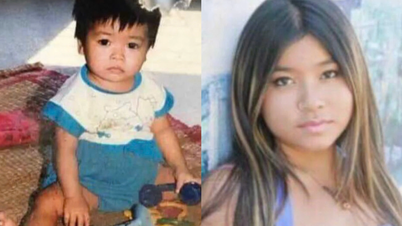



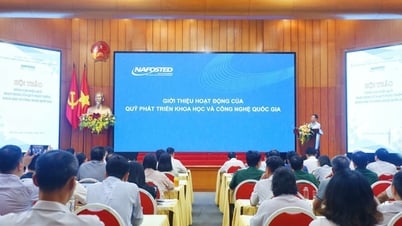





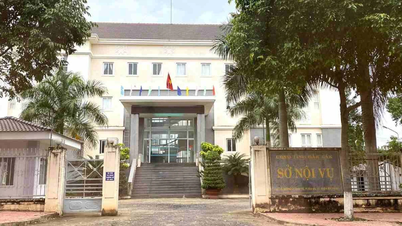















Comment (0)